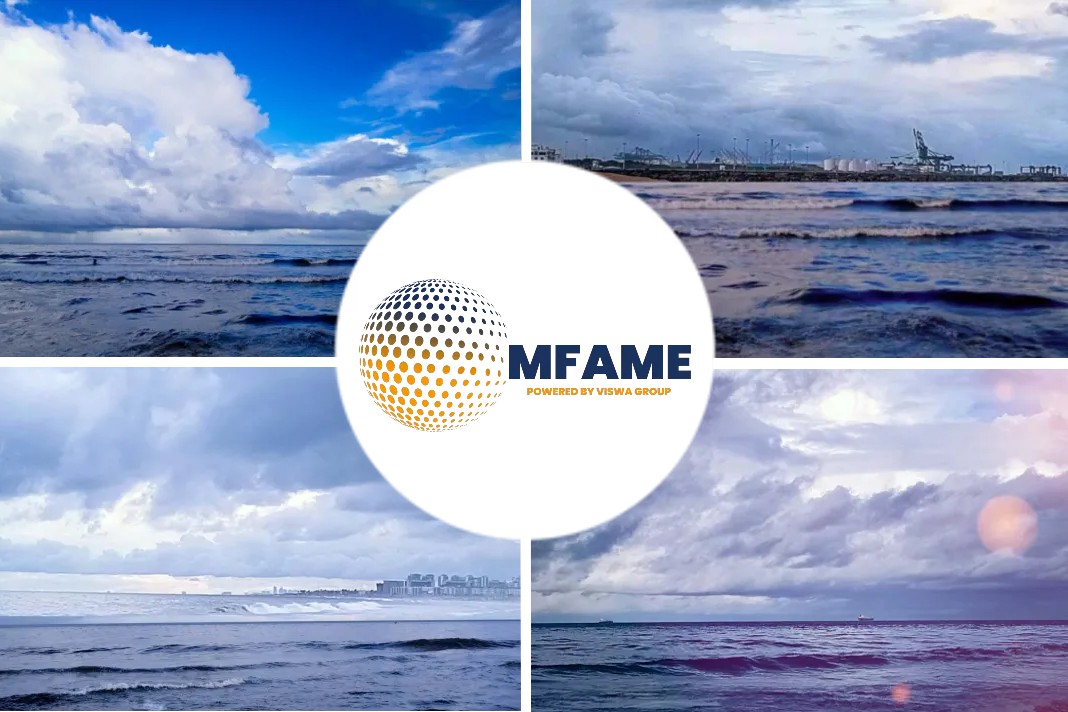 The global LNG bunkering market was valued at $0.38 billion in 2019, and is projected to reach $5.14 billion by 2027, growing at a CAGR of 45.2% from 2020 to 2027, says an article published on business wire news website.
The global LNG bunkering market was valued at $0.38 billion in 2019, and is projected to reach $5.14 billion by 2027, growing at a CAGR of 45.2% from 2020 to 2027, says an article published on business wire news website.
LNG
The global shipping industry faced an IMO legislation to significantly limit sulfur emissions from ships, firstly in North America and then Northern Europe in 2015. LNG (liquid natural gas) is a potential solution to meet these requirements due to its negligible sulfur content, and its combustion produces low NOx compared to fuel oil and marine diesel oil.
LNG is not only a cleaner burning fuel but also possesses economic advantages on a calorific value basis. Even higher LNG prices in Asia-Pacific are lower than global bunker fuel prices. As a result, there have been recent developments to promote the use of LNG as a bunker fuel.
Demand of LNG
The International Maritime Organization’s regulations of sulfur cap of 0.50% m/m (mass/mass) in 2020 for marine fuels, increase in ocean-borne trade, especially in ton-km travelled, and the lower cost of LNG bunker fuel than other variants of ECA-compliant fuels are the factors that drive the growth of the global LNG bunkering market.
However, the demand-supply gap for LNG bunkering is expected to increase with the implementation of IMO regulations; hence, supply must expand rapidly to meet global demand and premium priced Asia-Pacific demand in particular.
On the contrary, increase in investment and financing toward LNG bunkering are expected to create opportunity for key players in the LNG bunkering market during the forecast period.
LNG market
The global LNG bunkering market is segmented on the basis of product type, application, and region. Depending on product type, the market is categorized into truck-to-ship, port-to-ship, ship-to-ship, and portable tanks.
The applications covered in the study include container fleet, tanker fleet, cargo fleet, ferries, inland vessels, and others. Region wise, it is analyzed across North America, Europe, Asia-Pacific, and LAMEA.
Key Benefits
- The report includes in-depth analysis of different segments and provides market estimations between 2020 and 2027.
- A comprehensive analysis of the factors that drive and restrict the growth of the global LNG bunkering market is provided.
- Porter’s five forces model illustrates the potency of buyers & sellers, which is estimated to assist the market players to adopt effective strategies.
- Estimations and forecast are based on factors impacting the global LNG bunkering market growth, in terms of value.
- The key market players are profiled to gain an understanding of the strategies adopted by them.
- This report provides a detailed analysis of the current trends and future estimations from 2020 to 2027, which help to identify the prevailing market opportunities.
Market Dynamics
Drivers
- IMO regulation on sulfur content in the marine fuel
- Increase in gas exploration and production activities
Restraints
- Demand-supply gap for LNG bunkering
Opportunity
- LNG bunkering financing opportunities
- LNG breakbulk services opportunities
Key Players
- Broadview Energy Solutions B.V.
- Crowley Maritime Corporation
- Gasum Oy
- Harvey Gulf International Marine
- Klaw LNG
- Korea Gas Corporation
- Polskie LNG S.A.
- Royal Dutch Shell Plc
- SHV Energy
- Total SE
- PETRONAS
- Exxon Mobil Corporation
Other players operating in the LNG bunkering market are ENN Energy Holdings, Ltd., Statoil ASA, Gas Natural Fenosa, Eagle LNG, EVOL LNG, Fjord Line, and others.
Summary
- The global LNG bunkering market was valued at $0.38 billion in 2019, and is projected to reach $5.14 billion by 2027.
- The global shipping industry faced an IMO legislation to significantly limit sulfur emissions from ships.
- LNG is not only a cleaner burning fuel but also possesses economic advantages on a calorific value basis.
- The demand-supply gap for LNG bunkering is expected to increase with the implementation of IMO regulations.
Did you subscribe to our daily newsletter?
It’s Free! Click here to Subscribe!
Source: business wire
















